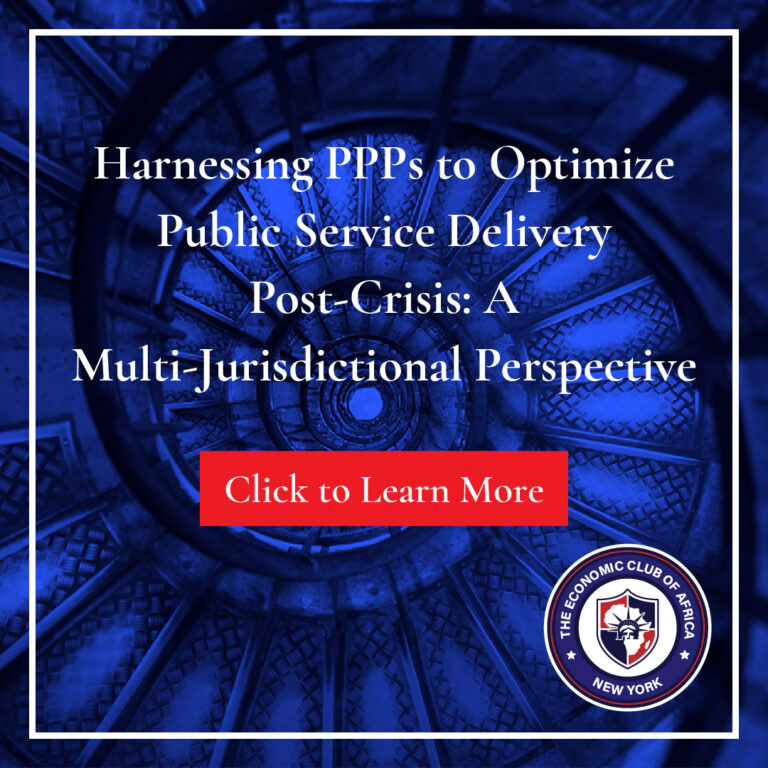From New York and Rwanda to New Zealand and Nigeria, lessons abound in the context of harnessing Public-Private Partnerships (PPPs) in a crisis to optimize public service delivery. In 2011, an earthquake struck New Zealand’s second-largest city, Christchurch, killing 185 people, injuring thousands, and reducing 80% of the city centre to rubble. Despite the trail of destruction, following a period of sustained construction, Christchurch bounced back. During the Rwandan Civil War, an estimated 800,000 people were killed by Hutu militiamen, soldiers, and ordinary citizens over a period of about 100 days. In the aftermath of the genocide, the Government of Rwanda implemented a wide range of policy reforms in the hope of rebuilding the economy and society. Rwanda has made significant progress in economic and structural reforms since the end of the genocide, with impressive growth rates over time. Despite being the epicenter of the COVID-19 outbreak during spring 2020, New York City leveraged its PPP expertise and robust innovation ecosystem to bounce back quickly. In October 2020, protests in opposition to Nigeria’s widely unpopular Special Anti-Robbery Squad (SARS) morphed into a widespread movement against police brutality and a broader call for social justice reforms. The #EndSARS protests led to a massive destruction of public and private assets in Lagos, Nigeria’s largest city. In the immediate aftermath of #EndSARS, accelerating the city’s reconstruction moved to the front burner of the public policy debate in Africa’s largest metropolitan agglomeration.


